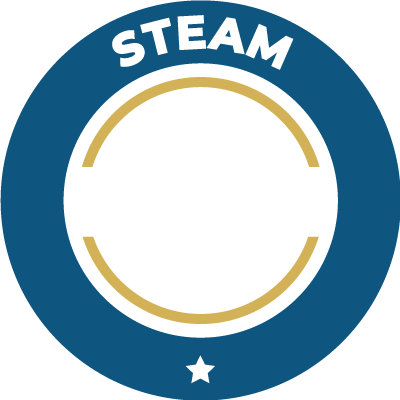In the Shaking Things Up Immersion, students use technology to design, construct and evaluate a model of a structure that would resist damage from earth movement, related to man-made or natural causes. Data is collected using micro:bit technology devices.
The micro:bit is a pocket-sized computer that introduces students to the integration of software and hardware through coding. It has an LED light display, buttons, sensors and many input/output features that can be programmed for a multitude of tasks and physical interaction.
Students work collaboratively to build a shake table, code the micro:bit and analyze data to design an earthquake-resistant structure.
Sign up for your classroom immersion experience today
Key Topics: architecture, construction, natural disasters, geology, data interpretation.
Architecture & Construction
Science, Technology, Engineering & Math
Hospitality & Tourism
Information Technology
"The STEAM TAC crew created a well-rounded experience for my Language Arts classroom.
It included many transdisciplinary standards that kept my students engaged and
enhanced their understanding of STEAM in the real-world."
- Philip Barbour High School
Immersion Agenda
- Pique interest with a short introduction.
- Examine high-interest examples of local seismic activity, models of a Richter scale, and real-life technology use.
- Briefly discuss and review relevant concepts.
- Detail safety precautions.
- Students work collaboratively to use Strawbees to build a shake table and design earthquake resistant buildings.
- Groups use micro:bits to generate and measure the intensity of seismic waves.
- Students reflect on their work.
- Short whole group discussion recaps successes, difficulties, and unexpected events.
- Possibilities for "What's Next?"
